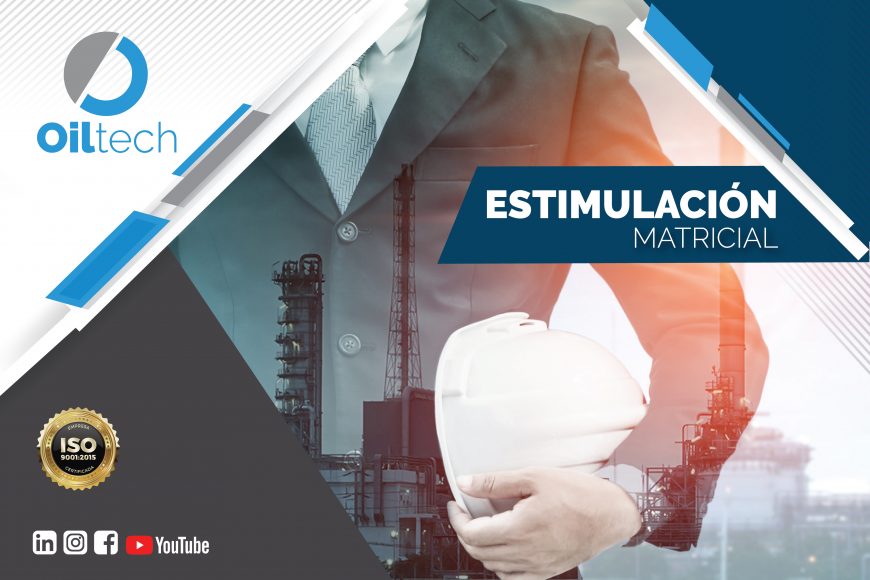
INCREASE THE FLOW CAPACITY IN YOUR WELLS
By: Ing. Andrés Marcano – CEMENT SPECIALIST
Cleaning the well:
Before placing a well in production, for the first time it, is advisable to clean it with an acid solution or a water-based solution with surfactants, because the drilling slurry and cement (usually water) filters cause formation damaged. In some cases filtration can form emulsions upon contact with the reservoir crude and/or cause high water saturations in the invasion area, and may even change the wettability of the rock by producing a water blockage. Similarly, the natural clays around the well can swell by blocking poral spaces.
Laboratory and personnel:
Highly specialized personnel are required to perform the tests before running the processing and also to execute the operation. The most important laboratory test is Emulsion Break, which involves treatment fluid and well crude using an anionic surfactant to determine the break time that should go from 0-10 min.
Fluids for Treatment:
After the possible damage to the formation has been evaluated, the type of fluid for the stimulation is defined. Hydrochloric acid (HCL) is the most used treatment fluid in cleanings, which reacts with carbonates reducing obstruction. If the well drilling fluid invades a formation containing dolomite or limestone, the acid will react immediately by increasing the flow capacity. Hydrochloric acid also reacts positively in sandstones, for this is done a test is carried out where an anionic surfactant and a concentration of mutual solvent are added. This procedure allows to disperse the insoluble materials and facilitates their transport to the surface. It also breaks emulsions and reduces water saturation around the well.
Design of Matrix Stimulation:
Normally, the design of the fluid to be used in Matrix Stimulation is a 5% or 10% more surfactant hydrochloric acid solution (0.1%-2%). The volume to be used is calculated according to the length of the open interval to be treated or number of holes, a volume between 20 and 50 gal/ft of perforated interval or open hole is recommended. According to the theory, acid invades 2 to 3 feet around the hole. When Matrix Stimulation is performed in two or more stages a Divergent Agent is used, in this case the most used is Benzoic Acid which is easy to dilute with Ammonium Chloride. This is mixed and pumped into the treatment fluid, as a rule it is used from 1/4 to 1 lb of Benzoic Acid for each forming foot to be treated multiplied by the percentage of HCL volume defined for each stage. In case of treatments in several stages and already calculated the volume of Hydrochloric Acid, the following is recommended:
Treatment of two (2) stages: The total volume of main acid (HCL) is divided into two (2) parts. In the first stage, 30% of the total HCl volume and the Divergent volume corresponding to that 30% (Calculated according to the rule for calculating the divergent volume) are mixed. In the second stage only the remaining 70% of the total acid volume is pumped.
Treatment in Four (4) stages: The total volume of acid is divided into four parts: 1) 5% of the total volume of acid is mixed with the volume of Divergent according to the percentage of HCL of the first stage and pumped, 2) followed by the mixture of 15% of the total acid volume with the divergent volume according to the percentage of Second Stage HCL, 3) followed by 30% of the total acid volume with the divergent volume according to the percentage of HCL of the third stage and 4) the remaining 50% of the total acid volume is pumped , and moves with a solution of Ammonium Chloride at 3% or a volume of Nitrogen in gas for better return to the surface of spent acid.
Generally, the pumping cup is low when the treatment fluid (0.5 Bls/min) is being injected. The working pressure should be kept below the fracture gradient to ensure that all fluid enters the area that is supposed to be affected.
